About Workflows
Workflows can be thought of as a triggering event, or a series of triggering events, that tell Re:amaze to perform an action or a series of actions automatically.
You can create a workflow for any number of business use cases. For example, you may create a workflow to automatically tag an incoming email or to automatically route a new chat conversation to an agent or department. These simple workflows help with back-office administration and can reduce your customer service response times by more than 50% when configured properly.
Workflows can also be very advanced, looking at multiple triggers and applying multiple actions simultaneously. For example, an advanced workflow may look at the incoming message channel, detect the message received-time, the subject line, the sender address, and even a customer’s lifetime value before applying actions to tag, reassign, move, and even reply.
One of our most popular workflow features is its ability to predict and understand customer intents by calculating a confidence level and allowing you to take action. See this article about how Re:amaze Intents work.
Re:amaze Workflows is an extremely powerful feature designed to save you time and automate repetitive actions. If you have any questions, please reach out to our team.
Creating Workflows
- To create a Workflow, head over to Re:amaze Settings > Automation > Workflows. Click on the "+ Add Workflow" button.
- Select the brand that you would like the Workflow to apply to
- Give your Workflow a name that's easily identifiable
- Give your Workflow a detailed description so you can revisit what this Workflow is supposed to do in the future
- Set the Workflow to either Automated or Manual (manual workflows contain only actions and automated workflows can run automatically when certain conditions are met)
- Set the "Run Workflow As" option to either system user or an individual staff user (certain commands such as "reply" require a staff to be responsible for sending that automated reply)

Setting Workflow Rules
For automated Workflows, it's important to set your rules and conditions correctly. When you have rules and conditions set up, actions and commands will only take place when rules and conditions are met. There are a variety of rules and conditions to pick from when you click on "When".

And depending on if you're using an eCommerce platform like Shopify or BigCommerce, more rules will be accessible for platform specific targeting. In the screenshot below, you can find specific rules for Shopify and BigCommerce that will apply actions ONLY if certain lifetime values are met or when a certain number of orders are met. Feel free to apply these rules when the scenario is appropriate.
Certain rules can be configured to be "AND" or "OR" conditions. For example, you can create a rule that states "if a customer message arrives either through email OR chat, then...".

In the screenshot below, you're stating that "if a customer message arrives through email AND matches an Intent greater than 90%, then...".

It's important to recognize that Workflow rules are very literal. It will operate and execute exactly as written. Therefore, be careful with rule sets that look use too many AND conditions as all configured rules will need to match. Rule sets with complex logic such as "A or B + C" can also be difficult to manage at times unless configured properly.
Setting Workflow Actions & Commands
Workflow actions are more free form than rules and can be used more liberally. Selected actions will be performed whenever rules and conditions are met. The order in which actions are created do not impact the sequence in which they're applied. We recommend creating actions the way you think of them. Some popular actions include:
- Adding a tag
- Assigning to an agent or department
- Respond to a conversation
- Leaving an internal note
Example Workflows
Every business is different and no Workflow will be a one-size-fits-all matter. However, we can provide some guidance to common Workflows.

With the Workflow above, you will be able to assign all conversations sent by customers your Facebook Page, X (Twitter), and Instagram to the marketing team and tag those conversations with "Social Media Messages".

In the Workflow above, you will be able to respond to specific Shopify customers instantly when they have a total lifetime value spend of over $1,000 and when their message (via email or live chat) matches a "where is my order?" intent.

In the Workflow above, you will look for customers that wanted to find out more about pricing by selecting a custom field and expressed an intent to schedule a demo with someone on your team through live chat between the hours of 5pm and 8am. When rules are met, Re:amaze will add a tag called "After Hours Demo Request" and instantly reply to the customer message.
